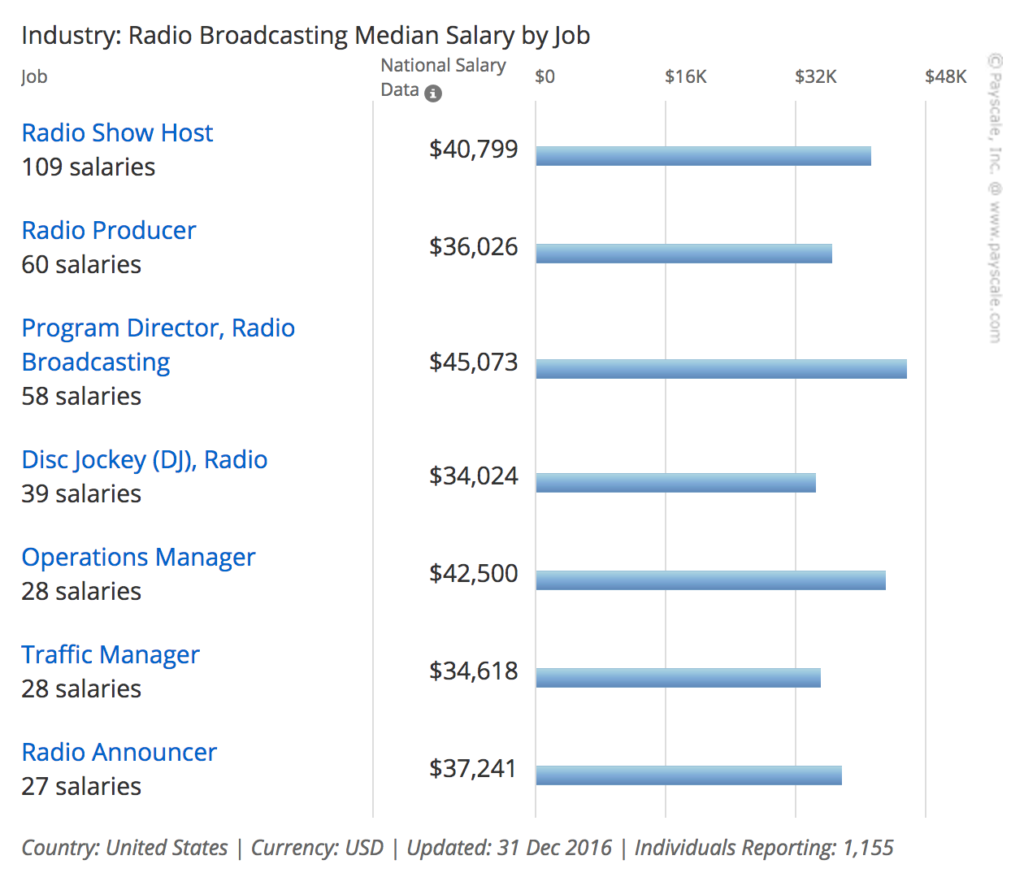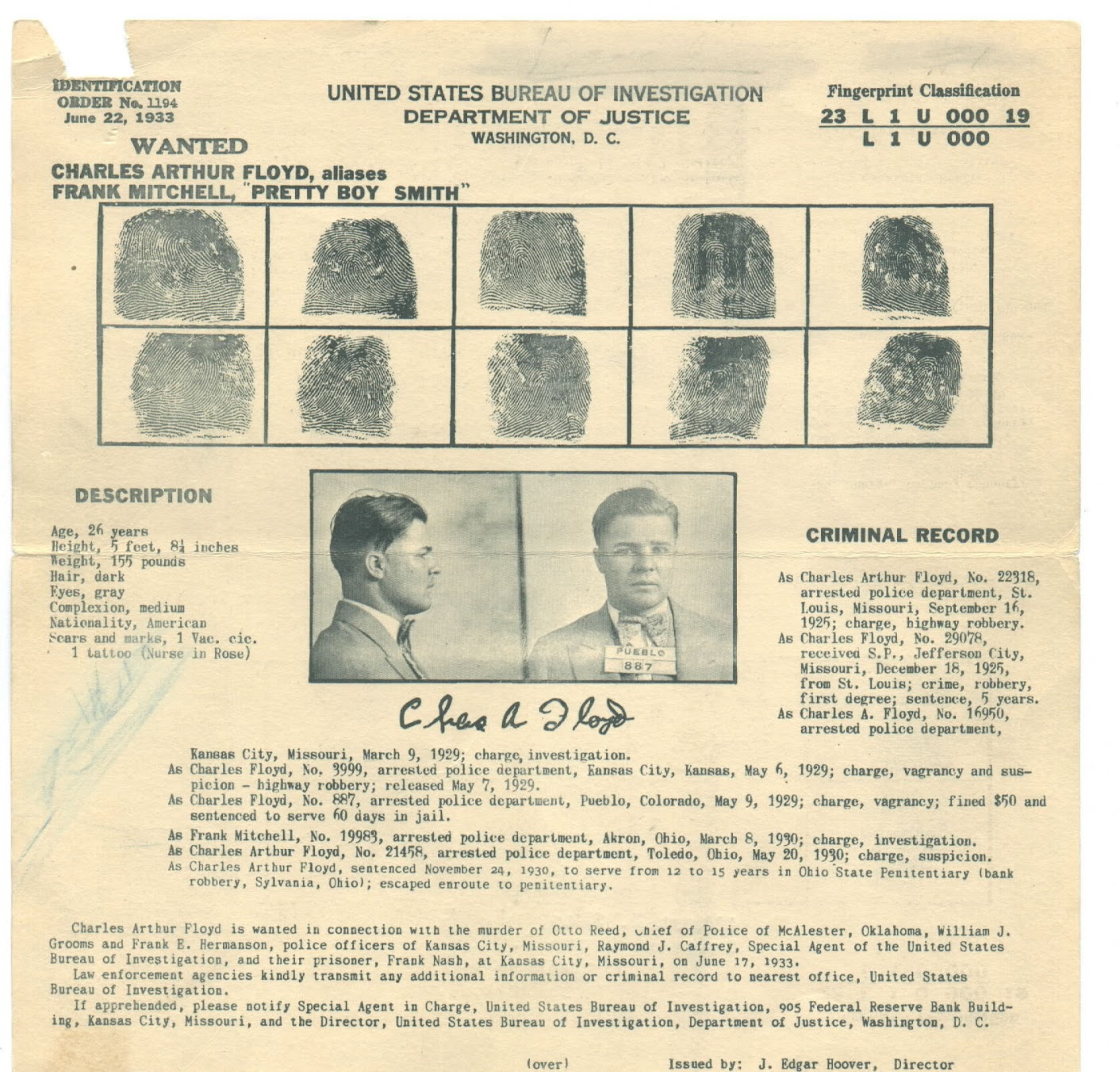
Monthly Archives: January 2017
Kowloon Walled City of Hong Kong
The fortress-like Kowloon Walled City of Hong Kong was demolished in the early 1990s, but a German documentary crew braved the sprawl in 1989 and captured amazing footage from inside this sunlight-less patchwork metropolis.
Drone speeding up a snowy mountain
Competitive FPV drone racer Gabriel Kocher filmed an incredible video of his drone speeding up a snowy mountain.
New tests for AI
Kevin Kelly points to a list of new tests for AI (now that it’s whupped human champs of chess, Jeopardy and Go. A few of my favorites below. I hope I live to see some of these. Such intelligence will have no patience for putting human morons in charge of anything important.
9. Take a written passage and output a recording that can’t be distinguished from a voice actor, by an expert listener.
18. Fold laundry as well and as fast as the median human clothing store employee.
26. Write an essay for a high-school history class that would receive high grades and pass plagiarism detectors. For example answer a question like ‘How did the whaling industry affect the industrial revolution?’
27. Compose a song that is good enough to reach the US Top 40. The system should output the complete song as an audio file.
28. Produce a song that is indistinguishable from a new song by a particular artist, e.g. a song that experienced listeners can’t distinguish from a new song by Taylor Swift.
29. Write a novel or short story good enough to make it to the New York Times best-seller list.
31. Play poker well enough to win the World Series of Poker.
Chaos: Making a New Science
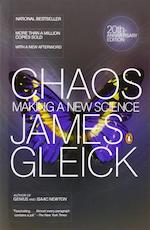 “The first popular book about chaos theory, it describes the Mandelbrot set, Julia sets, and Lorenz attractors without using complicated mathematics. It portrays the efforts of dozens of scientists whose separate work contributed to the developing field. The text remains in print and is widely used as an introduction to the topic for the mathematical laymen.” (Wikipedia)
“The first popular book about chaos theory, it describes the Mandelbrot set, Julia sets, and Lorenz attractors without using complicated mathematics. It portrays the efforts of dozens of scientists whose separate work contributed to the developing field. The text remains in print and is widely used as an introduction to the topic for the mathematical laymen.” (Wikipedia)
This book was tough sledding for me. I got about half, maybe. Still, I came away with some appreciation for the brilliance of the people who birthed this “new science.”
Can only humans act?
Digital effects will make Robert De Niro look decades younger in his new Scorsese movie.
For me this raises interesting questions about the essence of acting. We’ve long been able to create backgrounds and scenes with CGI that are nearly impossible to distinguish from ‘the real thing.’ So where does the acting happen? Facial expression? The body? The tone and inflection of the the actor’s voice? If an AI captures and then perfectly reproduces De Niro’s voice, is that acting? Will we notice or care? Are we close to someone (some thing) passing a cinematic Turing Test?
The Race to 2021: The State of Autonomous Vehicles
[slideshare id=70355594&doc=autonomousvehiclereportv06c-161221232942]
Japanese white-collar workers replaced by AI
“One Japanese insurance company, Fukoku Mutual Life Insurance, is reportedly replacing 34 human insurance claim workers with “IBM Watson Explorer,” starting by January 2017. The AI will scan hospital records and other documents to determine insurance payouts, according to a company press release, factoring injuries, patient medical histories, and procedures administered. Automation of these research and data gathering tasks will help the remaining human workers process the final payout faster, the release says.”
“Fukoku Mutual will spend $1.7 million (200 million yen) to install the AI system, and $128,000 per year for maintenance, according to Japan’s The Mainichi. The company saves roughly $1.1 million per year on employee salaries by using the IBM software, meaning it hopes to see a return on the investment in less than two years. Watson AI is expected to improve productivity by 30%.”
Japanese Boutique Sells Jeans That Have Been Worn for at Least a Year
“While used denim is generally sold at a discount, these particular jeans (The Onomichi Denim Project) actually get about twice as a expensive after being worn by somebody almost daily, for at least a year. […] They hand-pick the wearers from the local community and closely monitor their transformation over the course of one year. Wearers rotate through two pairs of jeans that they promise to wear almost every day for the entire period, and bring them to the shop every week, to be laundered at a special denim processing facility, which ensures that every pair retains the evidence of each wearer’s life and work. […] When the pre-wearing period ends, each pair of jeans is washed according to color, hang-dried or tumbled, checked for individuality, tagged with detailed descriptions and put on sale at the minimalist Onomichi Denim Project boutique for anywhere between ¥25,000 ($215) and ¥48,000 (415). That’s about twice as they usually cost when new, but these are not just any jeans, they are cultural artifacts.”
Yesterday I forced myself to toss the Levis below. The denim is so thin and soft you can poke your finger through the fabric. I keep thinking they’ll dissolve the next time I run them through the wash. Easily 10 or 15 years old. I think we’ll keep them a while longer. They are cultural artifacts, after all.
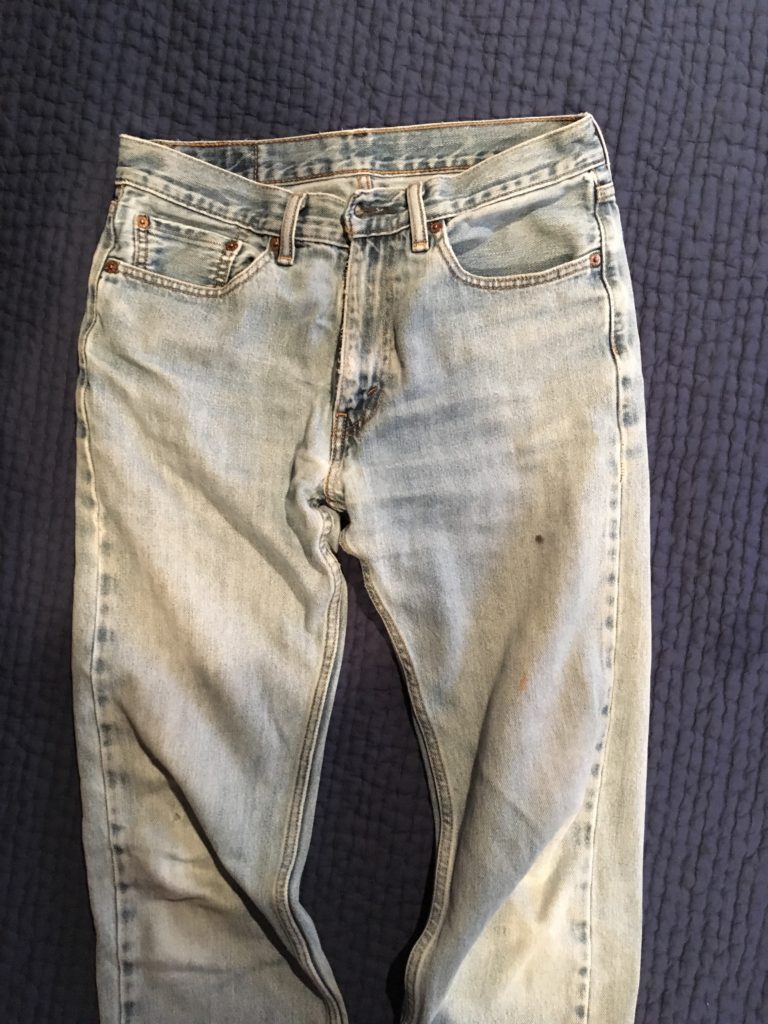
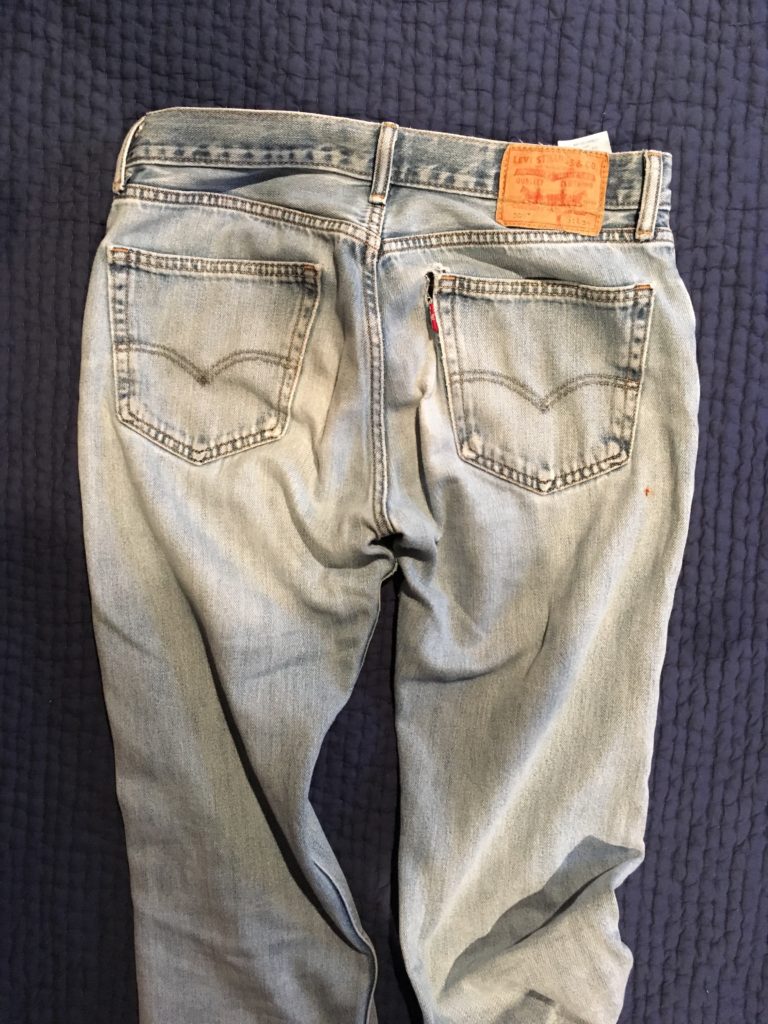
Average Salary for Industry: Radio Broadcasting
I left my job at a small town radio station in 1984 (now I’m retired) but I often reflect on what might have been. Had I stayed in “radio.” I had the title of Program Director and was making about $14K in 1984. Whew. More at PayScale.com
